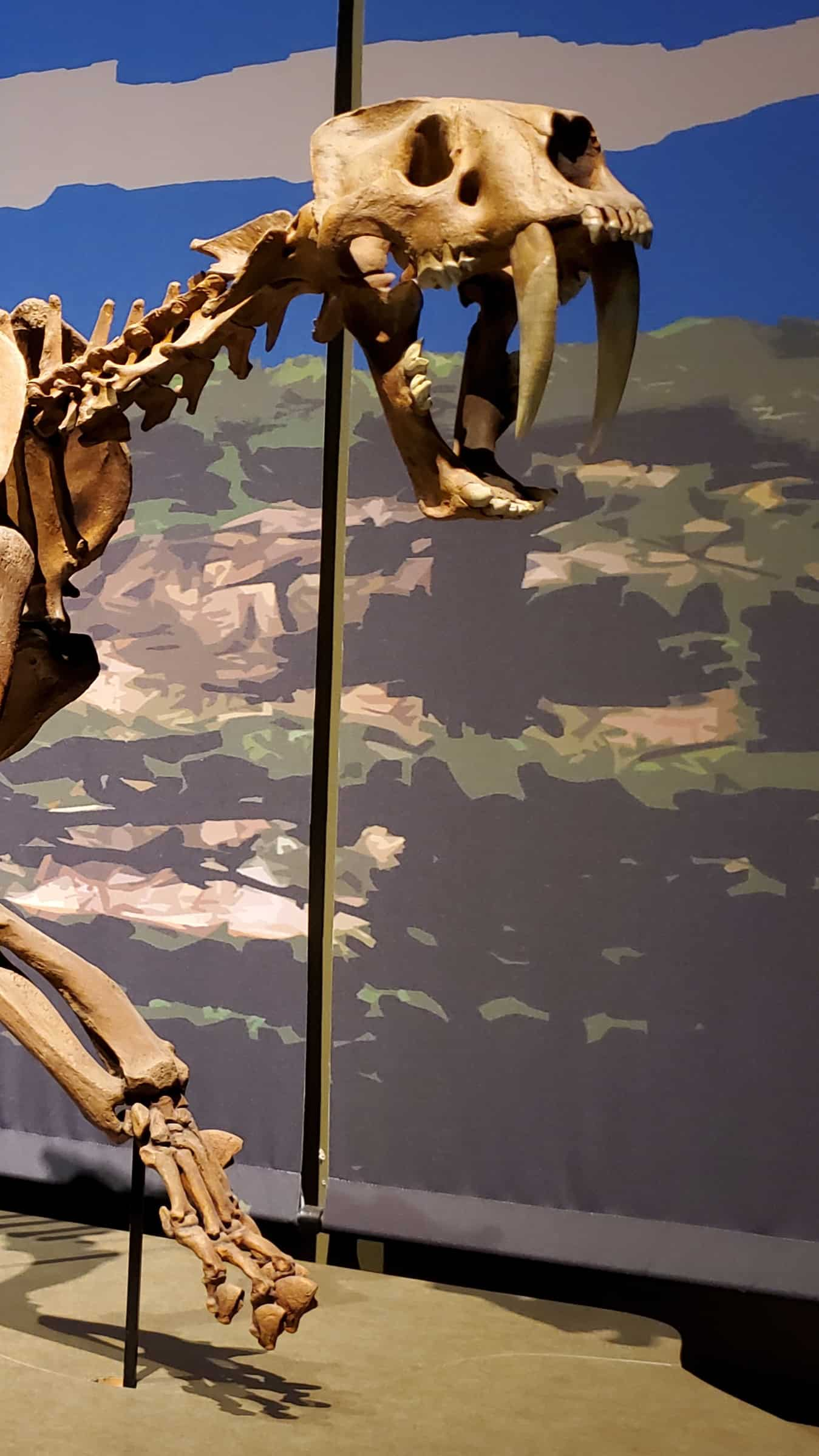The abyssal depths of the ocean have long captivated the imagination of scientists and laypeople alike. These realms, characterized by crushing pressures and near-total darkness, have been home to some of the most formidable predators in prehistoric times. This examination of dangerous deep-sea extinct animals through the lens of cultural relativism sheds light on how these creatures have been perceived across different cultures and epochs. By understanding the interaction between these ancient marine predators and human perception, we begin to appreciate the complexity of the relationship between humans and the natural world.
As we delve into the deep ocean, we encounter a variety of remarkable and lethal species that once ruled the depths. From the formidable megalodon to the monstrous dunkleosteus, these creatures epitomize predatory efficiency and are emblematic of their respective ecological niches. However, it is not merely the anatomical features of these animals that warrant discussion; rather, it is the multifaceted ways in which they have been integrated into cultural narratives throughout history.
First among our focal predators is the Megalodon (Carcharocles megalodon), a giant shark that roamed the oceans from the early Miocene to the late Pliocene period, approximately 23 to 2.6 million years ago. With its formidable size, estimated at up to 60 feet in length, the megalodon has become an icon of prehistoric oceanic terror. Coastal tribes and ancient maritime cultures often depicted large fish or monstrous creatures in their myths and folklore; such representations may have been influenced by findings of megalodon teeth, which are often three times larger than those of modern great white sharks. In this context, the megalodon transcended a mere biological specimen and became a symbol of the ocean’s unfathomable danger.
Moreover, the Dunkleosteus, a placoderm fish from the late Devonian period, exemplifies another class of formidable marine predators. Revered for its unique skull structure and formidable bite, Dunkleosteus measured over 30 feet long and possessed armored plating that offered remarkable protection. The cultural fabric surrounding this creature often intertwines with concepts of strength and defense, culminating in an archetype of resilience within nature. In various mythologies, armored beings that could withstand the trials of nature—be they animals or gods—forge a narrative thread connecting life on land and life in the ocean.
Transitioning from these ancient predators to the narrative implications, it becomes evident that the ancient and modern understandings of these creatures significantly intersect with human interpretations of fear and respect for the natural world. Cultural relativism allows us to appreciate that while one culture may view a creature like the megalodon as a symbol of terror and destruction, another might see it as a manifestation of raw power—an embodiment of nature’s unfettered capabilities. Rituals involving sea creatures often reflected broader themes of reverence, survival, and even ecological balance. Human societies that lived in close proximity to water often constructed myths and folklore around marine life, thereby attributing both spiritual and practical significance to these predator archetypes.
Interestingly, in Asian cultures, the ocean is often viewed as a source of life rather than solely a domain of fearsome predators. The interpretation of marine life within a context of balance and coexistence demonstrates a cultural framework where danger does not solely inhabit the predator but exists within intricate ecological relationships. This perspective invites an examination of how fear, respect, and understanding curate the narratives surrounding deep-sea animals, shaping societal beliefs about nature and the role humans play within it.
Further, the unresolved mysteries of the deep sea amplify the allure and intrigue surrounding these extinct animals. Much of what lies within these murky depths remains undiscovered, perpetuating a rich tapestry of myth in contemporary folklore. For instance, the phenomenon of the Kraken—a legendary sea monster—has captured the imagination akin to how the megalodon once haunted nautical mythos. Such creatures demonstrate how humans have historically shaded their understanding of the natural world with fantastical narratives, often rooted in genuine encounters with formidable marine predators.
Cultural representations, including literature and cinema, have evolved alongside scientific discoveries surrounding these ancient animals. Films like “Jaws” and documentaries exploring prehistoric marine life often sensationalize these creatures, reflecting contemporary anxieties about nature’s power. This juxtaposition raises questions about the ethical implications of such portrayals, including their influence on public perceptions of marine conservation and biodiversity. As cultural narratives around these creatures develop, they also carry an inherent responsibility towards the environment and the fragile ecosystems that exist today.
In conclusion, the exploration of dangerous deep-sea extinct animals offers a remarkable insight into the intersection of nature, culture, and human psychology. Through the lens of cultural relativism, these apex predators transition from mere biological entities to symbols of larger narratives concerning humanity’s relationship with the natural world. A nuanced understanding of these predators underscores the importance of recognizing diverse cultural attitudes, beliefs, and the narratives we construct around them, illuminating both historical legacies and contemporary ecological realities. The legacy of these prehistoric beings serves not only as a reminder of the ancient past but also as a call for responsible stewardship of the ocean’s depths, rife with undiscovered wonders and existing threats to bio-diversity.
